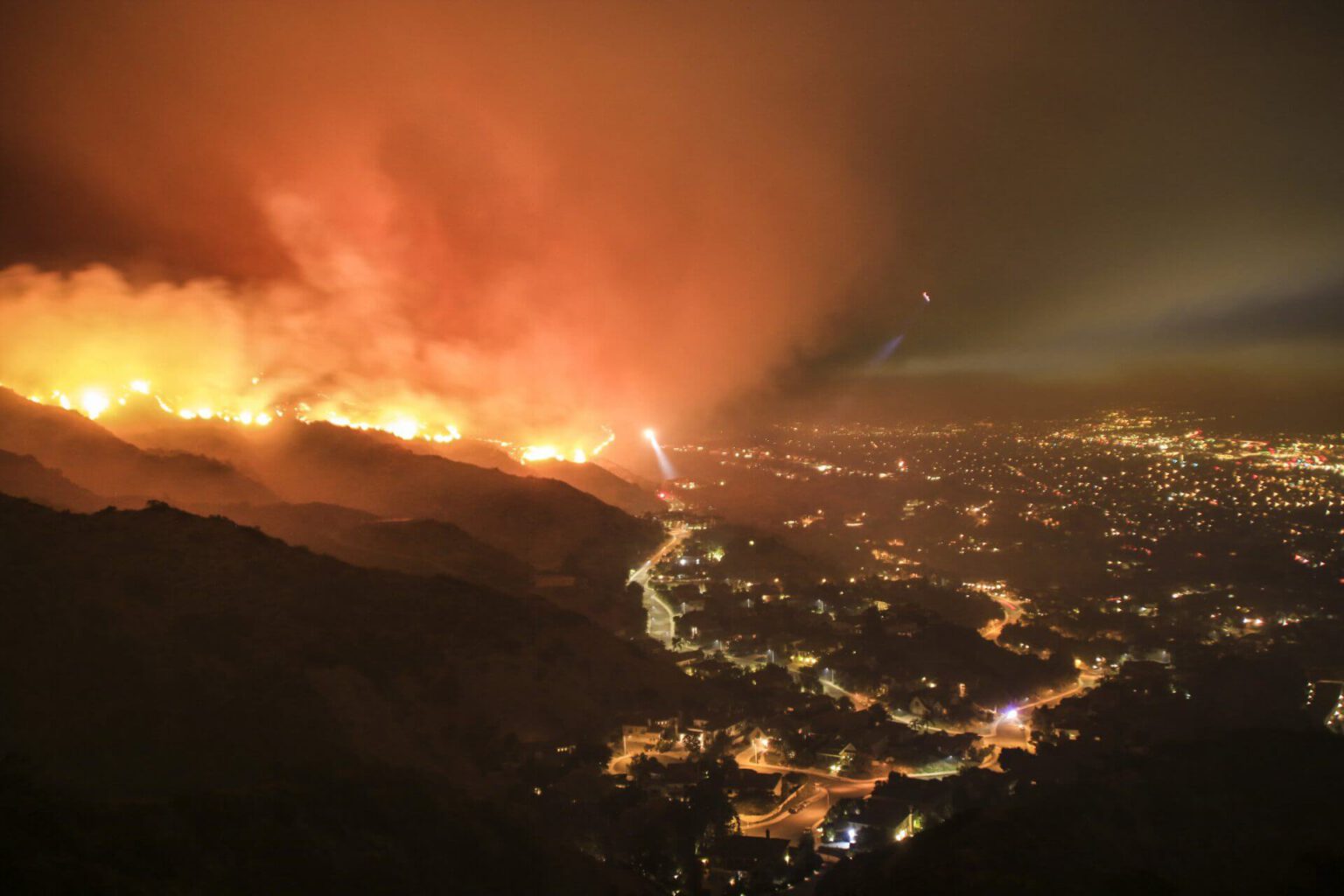Sign up to receive our weekly newsletter.
Nearly two thirds of media leaders around the world think their climate crisis coverage is better than everyone else’s, according to new research by the Reuters Institute for the Study of Journalism at the University of Oxford. But isn’t that a bit like parents talking about the abilities of their beloved children? Is most of the media’s climate coverage really that good?
Though 65 percent of newsroom leaders think their climate coverage is better than the industry average, only a third of respondents think that climate coverage generally is good. And another third think the average coverage is downright poor. “This gap suggests that there is more collective work to be done … to make the [climate] story relevant to all audiences,” the report said.
Among respondents’ suggestions for improving coverage were two points Covering Climate Now often makes: Play the story big and make it part of every beat in the newsroom. “We need to stop being hesitant about calling it the single biggest challenge in the next 10 years and to start covering climate change in every single beat — from economy to politics and society,” said Natalia Viana Rodrigues, executive director at Agência Pública in Brazil.
So what stands in the way of playing it big? Some newsroom leaders said climate change is difficult to cover because its “depressing outlook” drives audiences away. In fact, though, the challenge is more nuanced. People all over the world care about climate. Roughly six out of ten Americans are either “alarmed” or “concerned,” according to new research from the Yale Program on Climate Change Communication. But it’s true, news coverage that is only gloom and doom puts people off. Audiences want to hear not only where things stand but also how they can be put right. And there are plenty of such stories for journalists to tell.
This is where “solutions journalism” — rigorous, evidence-based reporting about potential remedies for a given social problem — can transform a newsroom’s climate coverage and, in turn, its relationship with the public. As explored in CCNow’s May 2021 Talking Shop, co-sponsored with the Solutions Journalism Network, solutions journalism is not activism, or cheerleading. Rather, it is about telling the whole story — not just what is wrong but also efforts to put things right. Seventy-nine percent of Americans say reporting on responses to social problems is “important” or “essential,” according to 2021 research by Smith Geiger Market Research. That same poll also found that 83 percent of people who watched a solutions-focused story found it more trustworthy than the conventional problem-oriented story, which had only 55 percent trustworthiness.
Another obstacle newsroom leaders identified to the Reuters Institute is the mismatch between the relatively slow nature of developments in the climate story and today’s fast-paced news cycles. Yep, that’s the nature of the beast, Bill McKibben argued last week: “In geological terms, we are speeding toward the abyss … but in journalistic terms, it happens just a little too slowly to quite register — climate change today is pretty much the same as climate change yesterday and tomorrow.” That’s not great for an industry built on finding something new to report each day.
McKibben doesn’t have a solution to this problem, and neither does CCNow — not yet. But cracking this conundrum is a top priority for us in 2022, and we invite journalists throughout the news business to join us. Climate change is the biggest story of our time, and we have to treat it like that — each and every day.
From Us
Reporting guide. For help covering extreme weather events, like the December fires in Colorado, made more frequent and worse by climate change, refer to Covering Climate Now’s Extreme Weather Reporting Guide, which can help you make the climate connection and connect with your audiences.
Holding power to account. Washington Post columnist Jennifer Rubin wrote this week that journalists “routinely fail” to hold Republicans accountable for enabling Donald Trump’s subversion of democracy. Rubin provided a list of questions “no Republican should be able to evade,” starting with, “How can you remain in a party in which virtually all your colleagues lie or remain silent about Jan. 6?”
We agree, and suggest adapting those questions for the climate story. Journalists should be asking Republicans (and climate-denying politicians everywhere):
- How can you remain in a party in which virtually all your colleagues lie or remain silent about the onrushing climate catastrophe scientists warn about?
- Your party has long blocked climate action — how do you justify that to young people terrified about the future you’re creating?
Be sure to send us their answers, and your stories: editors@coveringclimatenow.org
Essential News
Will fashion face its footprint? New York looks to become the first US state to regulate an extremely polluting and currently unchecked industry: fashion. Reported by Molly Taft at Gizmodo…
Rebound, the wrong way. After more than a decade of steady decline, US carbon dioxide emissions returned to pre-pandemic levels, due mostly to coal and freight. From Ariel Gans at Inside Climate News…
Coal, corruption, connectedness. This piece examines the extent of Senator Joe Manchin’s corruption; the many opportunities to help his state of West Virginia that he forsook; and, ultimately, the incredible influence he has over the fate of the planet. By Jeff Goodell at Rolling Stone…
Breaking records. The data show that 2021 was another year of record-breaking temperatures, including for oceans, and one of the costliest years for environmental disasters in US history. By Zoya Teirstein for Grist…
Nature’s favorite broadcaster. Sir David Attenborough returns to the BBC with Green Planet, a technical masterpiece that brings us down to earth, to the world of plants. By Lucy Mangan at The Guardian…
Republication Recommendations
The following stories deserve special consideration for republication by CCNow partners:
- We Can’t Solve the Climate Crisis with a Broken Democracy — From the Guardian’s & CCNow’s “Climate Crimes” series
For partner outlets: To submit stories for sharing, please use this form. Instructions for republishing and the full list of stories available for republication can be found in our Sharing Library.
Odds & Ends
Doomsday. On January 20, the Bulletin of the Atomic Scientists will host a live news conference to announce the 2022 Doomsday Clock time. Now in its 75th year, the clock is seen as “a metaphor for how close humanity is to self-annihilation.” It’s currently 100 seconds to midnight. Learn more.
Taking the Heat. A new book by meteorologist Bonnie Schneider looks at the ways climate change affects our lives and wellbeing, and shares practical skills and advice to cope. CCNow hosted a Talking Shop on emotional fatigue burnout last year, which you can watch here.
Events. Student journalists: Looking for an opportunity to develop your professional skills, learn about covering LGBTQ issues, and build your community? Check out NLGJA: The Association of LGBTQ Journalists 2022 Student Conference, February 25-26. RSVP here.
Opportunities. Apply to the Ted Scripps Fellowships in Environmental Journalism at University of Colorado Boulder. Bloomberg Green has launched an inaugural short climate documentary competition, with a grand prize of $25,000.
Jobs. CalMatters is looking for a climate policy and environmental reporter. Mother Jones is hiring a climate reporter.



